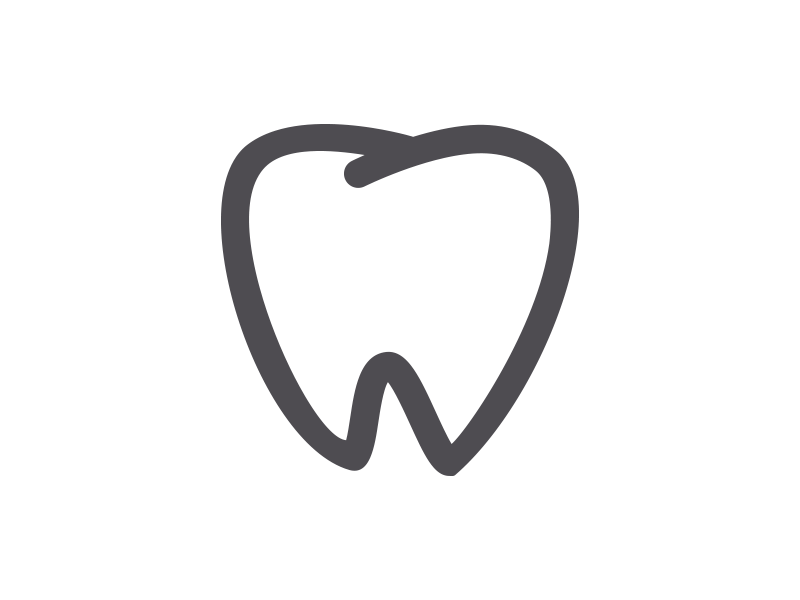Welcome to the Cavity-Free Club, Josh and Oliver!
Welcome to the Cavity-Free Club, Josh and Oliver!
We love our patients who are all-star brushers and flossers – they make our job easy! Recently, two more patients joined our dental hygienist Samantha

Quinn in her “Cavity-Free Club” (Samantha has never had a single cavity – ever!) after their last dental cleaning and exam.
Josh Pratt and Oliver White deserve a round of applause for their sparkling clean pearly whites. So how do they do it? Oliver says his routine of twice daily brushings, daily flossing, and grape-flavored prophy paste is the golden ticket. (Oh, and he loves going to the dentist which is a bonus in our book.)
While it’s true that Josh and Oliver have exceptional oral hygiene, it’s also true that some patients are more prone to cavities than others. A diet high in sugar, snacking frequently throughout the day, or having deep, natural grooves in the teeth are just a few ways that some people have a higher risk of developing cavities. So, what exactly are cavities? And how are they treated? Read on!
What are cavities?
You know that cavities are bad and that you should have them treated quickly, but what exactly do they look like? Cavities are simply small areas of the tooth that have started decaying. Acidic erosion caused by harmful oral bacteria is the source of this slow-building decay. As you eat sugary and starchy foods, the bacteria that reside in plaque (yes, that sticky, fuzzy-feeling

stuff on your teeth) multiply and grow. As they chow down on the starchy particles in your mouth, they release acidic waste that damages the outer layers of tooth enamel. Over time, more and more of this acidic waste can actually destroy enamel and create tiny holes in the surface of teeth. While you may not notice the cavities at first, after a while they can create tooth sensitivity or pain.
How does Dr. Medina find cavities?
Dr. Norman Medina has been in the cavity-finding business for years, and he knows exactly what to look for when it comes to tooth decay. He may use a dental tool to inspect teeth for “soft spots” of decay during a dental cleaning and exam. He also may take x-rays to look for areas of decay in hard-to-see areas (like between the teeth or underneath a crown or existing filling).
Oh no – what if I have a cavity?!
Not to worry if you can’t join the ranks of the Cavity-Free Club. It’s a very exclusive group!
If you do have a cavity at your next examination, Dr. Medina can usually get it resolved by placing a small filling. These are non-invasive and you can be completed the same day.
- First, Dr. Medina numbs the area around the tooth to help you have a comfortable experience.
- Next, he cleans out the cavity, making to sure to remove any soft, damaged enamel.
- Then, once the tooth is prepped and clean, he places a pliable resin material into the area where the cavity once was and shapes it to match seamlessly with your natural tooth.
- Finally, a dental “curing” light quickly hardens and bonds it to your natural tooth.
- After some final tweaks and a light polish, your tooth is repaired and decay-free! Dr. Medina may suggest a fluoride treatment or sealant after filling the cavity, to protect your teeth from future decay.
Schedule Your Next Dental Cleaning and Exam with Seasons of Smiles
Now that you know all about cavities, do your teeth a favor and schedule a dental cleaning and exam with our team! We can catch cavities at their earliest stages to eliminate the amount of damage they can do to your tooth. Or, for those patients like Josh and Oliver, we can welcome you to the Cavity-Free Club, too!
Call us today to schedule your appointment.













